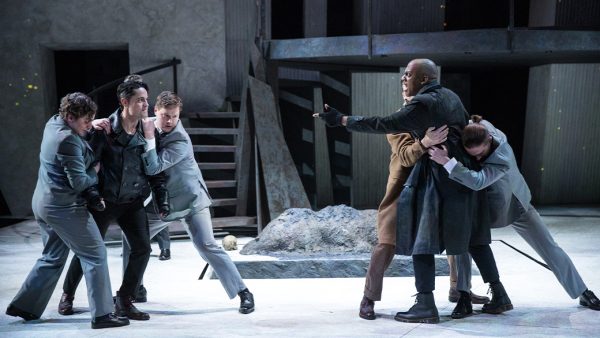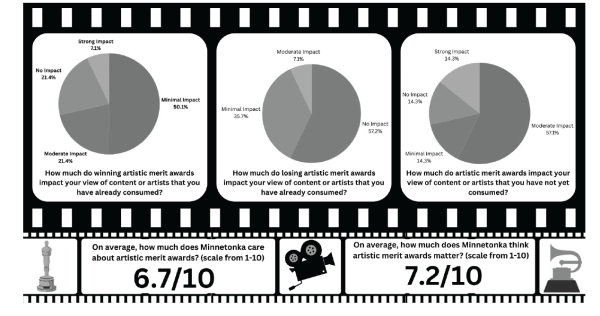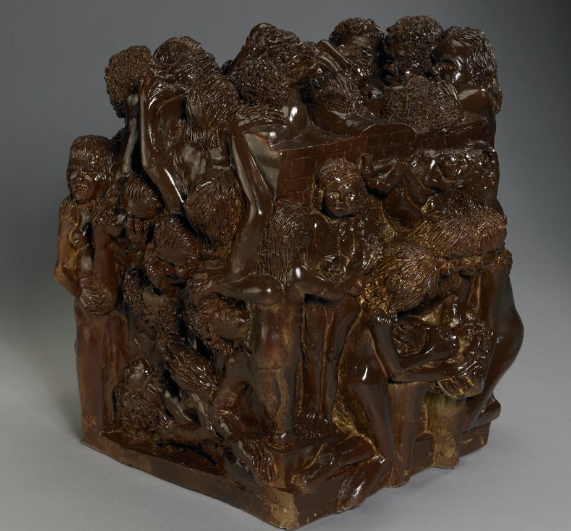How Film has Affected History
December 3, 2020
For better or for worse, film is powerful. It has the power to change people’s minds and reinforce ideas about the subject matter it focuses on. On an even larger scale, it is able to influence whole societies to change the way they’ve seen certain issues. The films below are some frequently cited examples that have influenced society in some way.
Bambi (1942)
This classic Disney animated film follows Bambi from when he was a young fawn, and it has done more than become an instant sensation that is still popular today. Bambi helped bring animal rights issues to light during a time when it had never been discussed in the mainstream before. I mean, we all remember our reaction to the scene where Bambi’s mom was killed by a hunter. This scene also struck a chord with viewers in 1942 when it was released, so much so that the number of hunters in the United States decreased 50% percent in the year following its release. Bambi quickly became thought of as a national animal rights symbol, helping to bring awareness to many of the causes, not just hunting, that animal rights activists fought for.
Philadelphia (1993)
When this film was released in 1993, over 200,000 Americans had died from the AIDS epidemic; the disease impacted gay men more than any other group. Widespread hatred and fear of gay people ran rampant in America, and, as a result, politicians and leading officials didn’t do anything to mitigate its spread or search for a cure. Philadelphia tells the story of a man who is fired from his well-paying, high-powered job as a lawyer for being gay; the film also documents his struggle with AIDS and the legal battles and trials that follow. This film discussed an issue that many had been too scared to talk about. Although people are still infected with AIDS today, Philadelphia challenged and helped to right the stigmatization of HIV and the twisted homophobic culture that was prevalent in society. The release of this film marked the beginning of the shift in attitude of the American public toward the LGBTQ+ community.
A Girl in the River (2015)
This film depicts the story of a woman in Pakistan who is nearly murdered by her father because she fell in love with someone of whom he did not approve. This may seem like a very bizarre concept to us, but 5,000 women are murdered in Middle Eastern countries through “honor killings” every year. Women, just like the main character of this movie, are targeted unremorsefully in order to protect family honor. Because of this film, Nawaz Sharif, the Pakistani Prime Minister, changed the law on honor killings. This was a huge step for women’s rights and safety in Pakistan.
Jaws (1975)
Despite the positive impact the last few films listed have had, some films have the opposite effect. Jaws portrays sharks as vicious, bloodthirsty monsters with no purpose but to kill. This false representation of sharks in such a popular movie established a widespread hatred and fear of sharks that led to the increased popularity of shark hunting. This then led to many species of sharks becoming endangered, as well as the destruction of many ocean ecosystems.
The Birth of a Nation (1915)
In the most disturbing and abhorrent case of the power of film, The Birth of a Nation, a story that follows two families during the Civil War, caused the revitalization of the KKK. Before this film’s release in 1915, the KKK was almost entirely gone. However, after the portrayal of the KKK as heroic saviors who protected innocent white women in this film, membership of this extremist hate group increased by 4 million by the 1920s.
African American writer and civil rights activist James Weldon Johnson wrote, “The Birth of a Nation did incalculable harm to black Americans by creating a justification for prejudice, racism, and discrimination for decades to follow.”
One should always recognize the power that film has, as these are just a few examples of incredible change (good and bad) that movies have incited.
Bryn Huynh ‘21, the leader of the Human Rights and Relations Club here at MHS states, “In a predominantly white and male-dominated field, I think filmmakers should be mindful of the message they are spreading and make an effort to uphold values of diversity, inclusion, and respect. I’ve seen many films that include stereotypes and microaggressions towards marginalized communities. I believe films have the potential to make a big impact on the audience, so the filmmakers need to be sensitive to the ideas they are putting out there.”
The messages that people put out into the world for all to see are more important and have a greater impact than one might think.






























